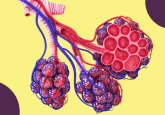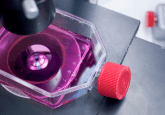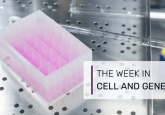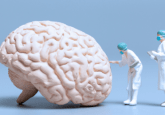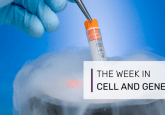New function of immune cells in liver regeneration discovered
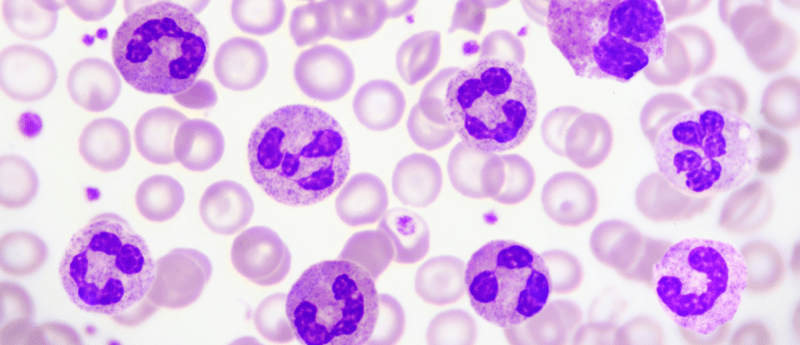
When liver tissue must be resected due to liver disease or cancer, the organ normally regenerates rapidly and returns to full function. Medical research has not yet fully comprehended the intricate procedures that allow tissue recovery after excision. For the first time, a research team from Medical University of Vienna (Austria) has uncovered the pivotal role of immune cells in boosting liver cell production.
The research, led by Rudolf Oehler and Patrick Starlinger of Medical University of Vienna, was recently published in the Journal of Hepatology describing the discovery of a formerly unreported dual function of neutrophils. After the removal of liver tissue (partial hepatectomy), neutrophils of white blood cells emerge at the site and have been proven to play a vital role in the regeneration of the liver. It was already understood by scientists that neutrophils play an important role in the onset of liver regeneration by appearing in local inflammation.
The researchers revealed that these immune cells change rapidly and produce factors that the liver requires for development because of their research. “In identifying the dynamic role that neutrophils play in liver regeneration, we have discovered an immunological mechanism that may well be involved in the repair of all tissue damage in the body,” explains Rudolf Oehler.
The researchers examined the blood of 124 individuals before surgery, as well as on the first and fifth days following partial hepatectomy. “In the dual function of neutrophils, we have found an answer to the question of why the liver can regenerate so quickly after such a serious intervention as liver resection,” comments Patrick Starlinger, pointing to the immune system’s significant involvement to this process.
Partial hepatectomy is the primary, and sometimes the only, curative treatment for a variety of liver disorders, particularly cancer. Despite the removal of cancerous tissue proving to be vital to the survival of patient, it still can initially cause tissue damage. The researchers were able to demonstrate that injured cells promptly activate the body’s immunological response, which promotes tissue regeneration. Details of this sequence of immune responses are now available to medical science for further research into enhancing wound healing processes.
Press release: https://www.eurekalert.org/news-releases/962683
Research paper: https://www.journal-of-hepatology.eu/article/S0168-8278(22)02993-2/fulltext
